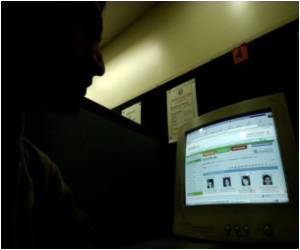
"Online dating is definitely a new and much needed twist on relationships," says Harry Reis, one of the five co-authors of the study and professor of psychology at the University of Rochester. Behavioral economics has shown that the dating market for singles in Western society is grossly inefficient, especially once individuals exit high school or college, he explains. "The Internet holds great promise for helping adults form healthy and supportive romantic partnerships, and those relationships are one of the best predictors of emotional and physical health," says Reis.
But online love has its pitfalls, Reis cautions. Comparing dozens and sometimes hundreds of possible dates may encourage a "shopping" mentality in which people become judgmental and picky, focusing exclusively on a narrow set of criteria like attractiveness or interests. And corresponding by computer for weeks or months before meeting face-to-face has been shown to create unrealistic expectations, he says.
The 64-page analysis reviews more than 400 psychology studies and public interest surveys, painting a full and fascinating picture of an industry that, according to one industry estimate, attracted 25 million unique users around the world in April 2011 alone. The report was commissioned by the Association for Psychological Science and will be published in the February edition of its journal Psychological Science in the Public Interest.
Other highlights from the analysis include:
Online dating has become the second-most-common way for couples to meet, behind only meeting through friends. According to research by Michael Rosenfeld from Stanford University and Reuben Thomas from City College of New York, in the early 1990s, less than 1 percent of the population met partners through printed personal advertisements or other commercial intermediaries. By 2005, among single adults Americans who were Internet users and currently seeking a romantic partner, 37 percent had dated online. According to research by Michael Rosenfeld, a professor of sociology at Stanford University, in 2007-2009, 22 percent of heterosexual couples and 61 percent of same-sex couples had found their partners through the Web. Those percentages are likely even larger today, the authors write.
Advertisement









